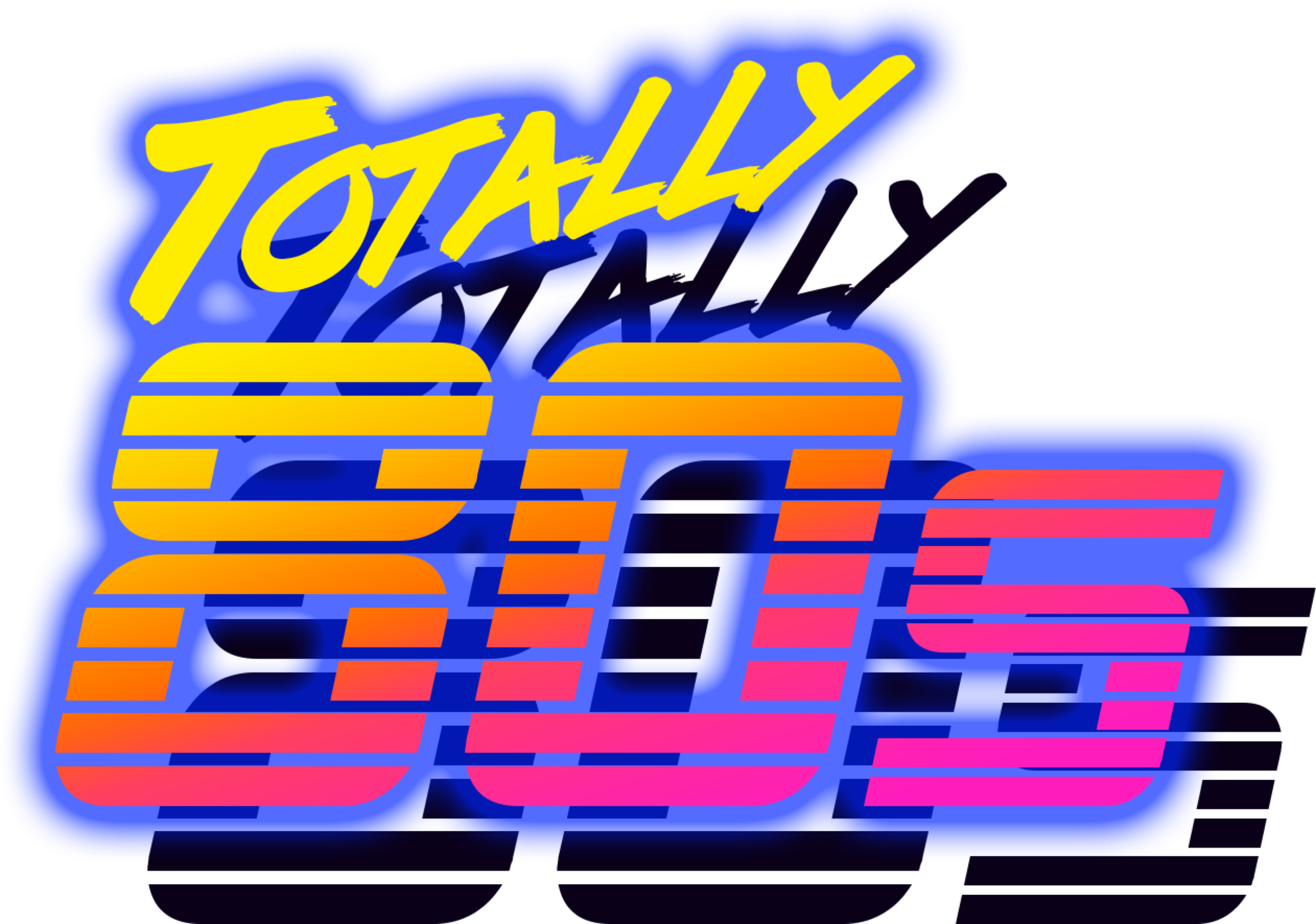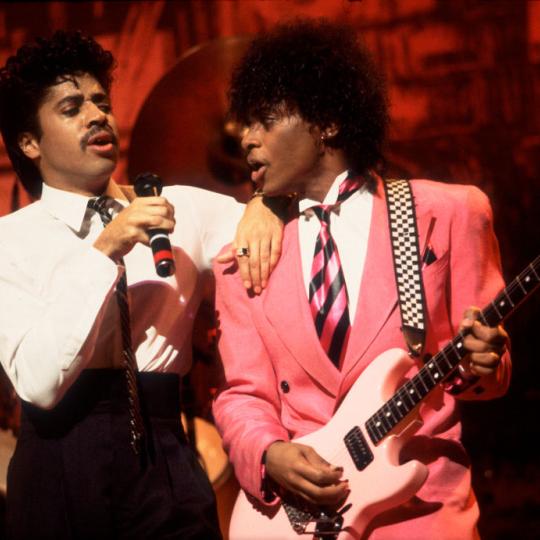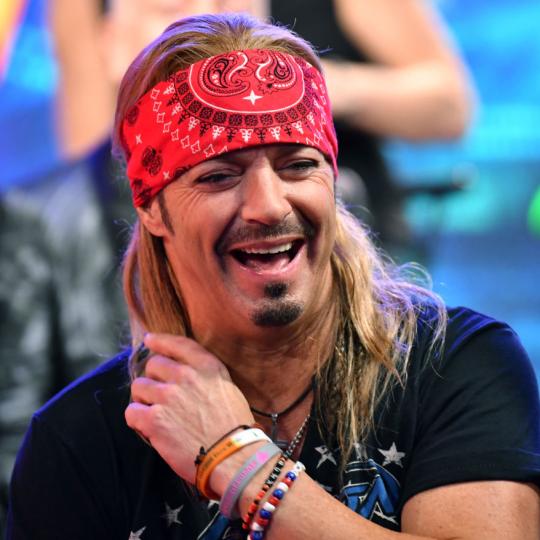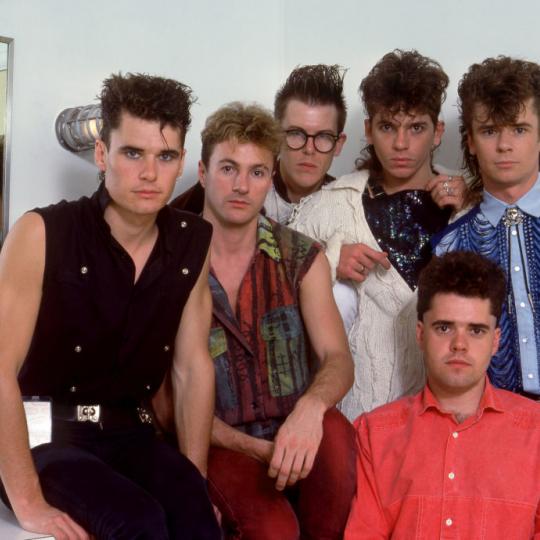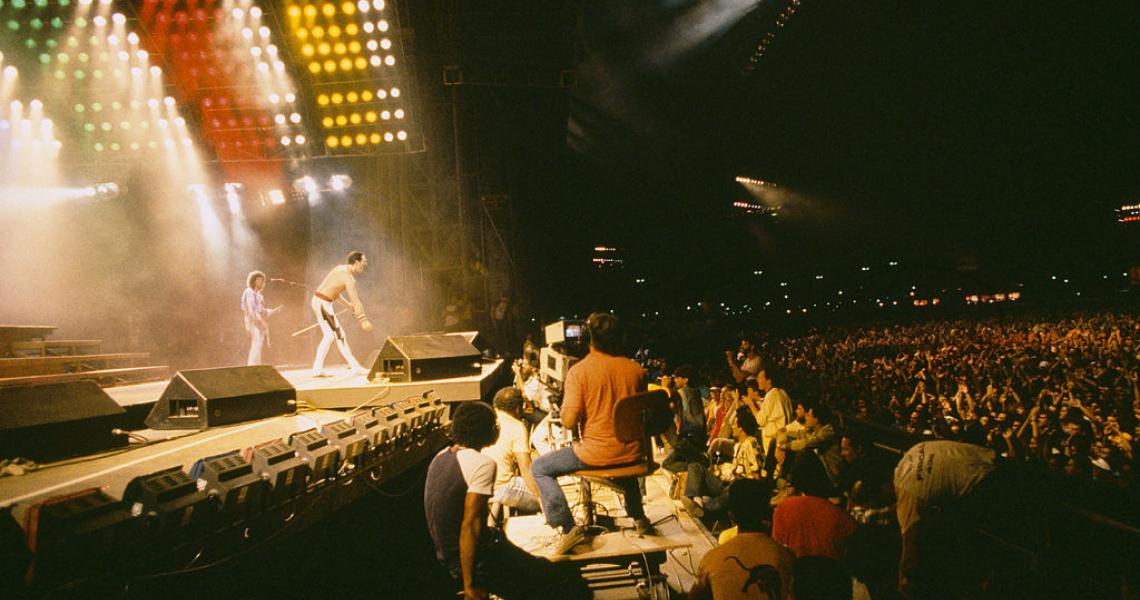
When one speaks of great music festivals, several obvious choices come to mind – of course, Woodstock, or Monterrey Pop in the U.S. in the ‘60s; Lollapalooza, Coachella or Bonnaroo more recently; Glastonbury in the U.K.; Roskilde and PINKPOP elsewhere in Europe. Each had or has its own aesthetic, its own ethos, with the audiences at each becoming a community for as long as the sounds from the stage surge or waft about.
One of the great recurring festivals is Rock in Rio, the festival in Rio de Janeiro, Brazil that began its life on Jan. 11, 1985, and continues to this day, both in Brazil and other locations around the world. Rock in Rio was quite literally born out of a quiet revolution in the country, and its stages have been graced by some of the most illustrious rock and pop stars in the world.
By the mid-’80s, the military dictatorship that had ruled Brazil for 20 years was starting to unravel. Perhaps understanding the dire nature of their hold on the country, Brazil’s leaders had begun allowing Western pop culture to leak into the nation from the early part of the decade. Queen had played São Paulo in 1981, packing 100,000 fans into a soccer stadium to witness the show. KISS and Van Halen had subsequently played massive concerts to six-figure attendances, while the gigs were broadcasted to even larger television audiences.
“It grew with the feelings of the youth who didn’t want to grow up with the military dictatorship,'' explained Nando Machado, manager of the Brazilian metal band Viper. “We wanted freedom of choice.”
Enter entrepreneur Roberto Medina, who spent $11.5 million (a princely sum at the time) on building a new sports complex (the Cidade do Rock, or “City of Rock”) and hiring some of the biggest acts in the world to play 10 days of concerts, from Jan. 11–20, 1985. Rock in Rio was born.
Local bands opened each day’s show, supporting headliners Queen, Rod Stewart, George Benson, AC/DC and Yes, who each had two nights at the top of the bill. Other international acts were also in action, including James Taylor, the Go-Go’s, the B-52s, Scorpions, Whitesnake, Al Jarreau and Ozzy Osbourne. The festival used Queen’s stage lights, production and sound, considered among the best in the world at the time.
It was estimated that Medina would need to pull in 280,000 concertgoers per day to break even. He wound up getting between 350,000 and 500,000 at each show. In addition to the audiences in attendance, the acts reached millions of viewers watching the shows on Brazilian television.
“We knew it wasn’t going to be your usual festival,” Scorpions singer Klaus Meine said. “To play in front of 350,000-plus Latin American fans going nuts was fantastic. It turned out to be a milestone for our career.”
The festival was a milestone in other ways, as well. It set up Rock in Rio as a brand, which continues to this day and has staged concert events in Portugal, Spain and the United States, in addition to Brazil.
It also helped signal the end of the dictatorship in Brazil – midway through the festival, the country held its first democratic elections in 20 years, and by the spring of 1985, the nation had new, fairly elected leadership.
- Log in to post comments
